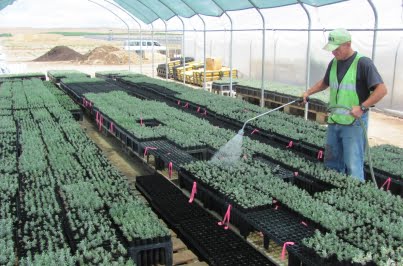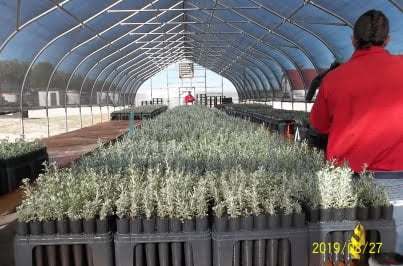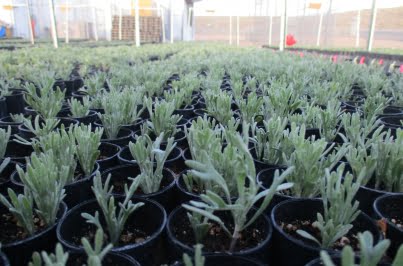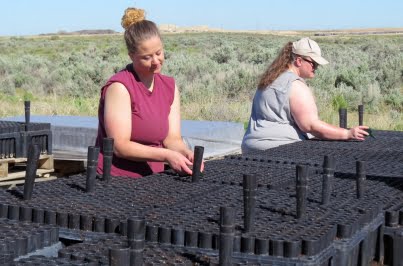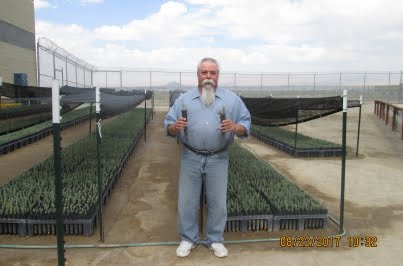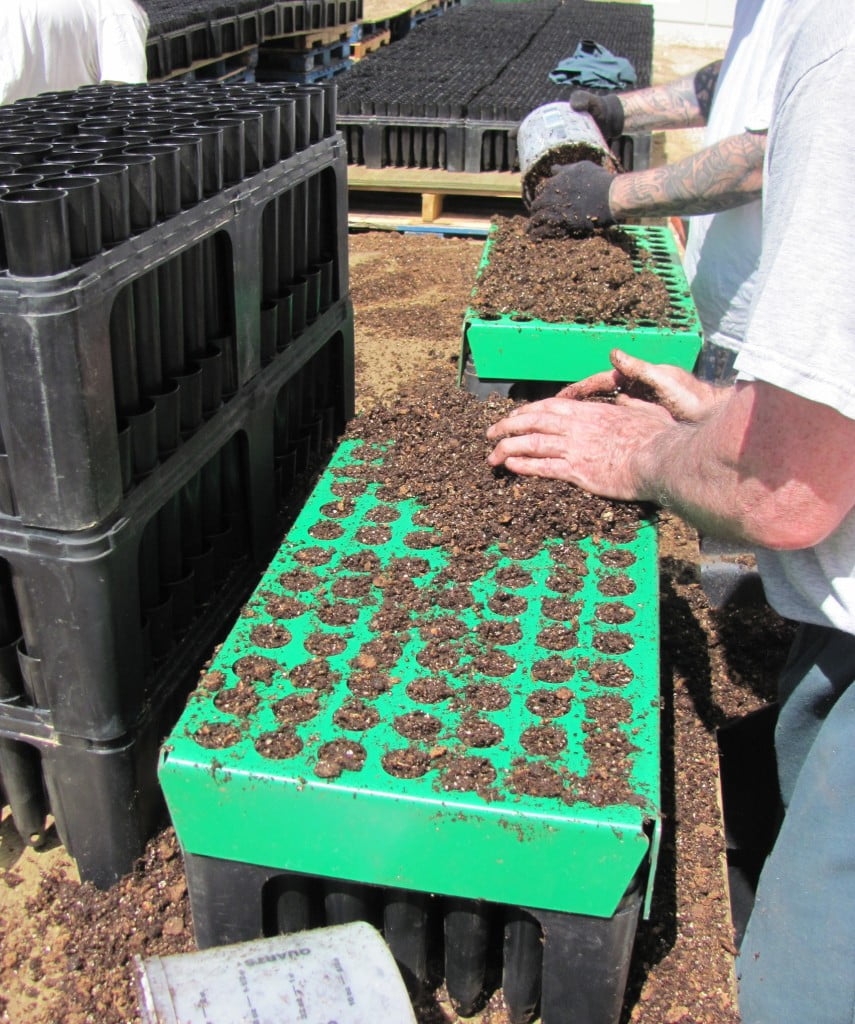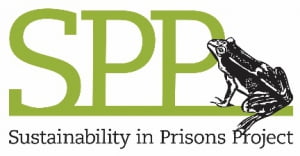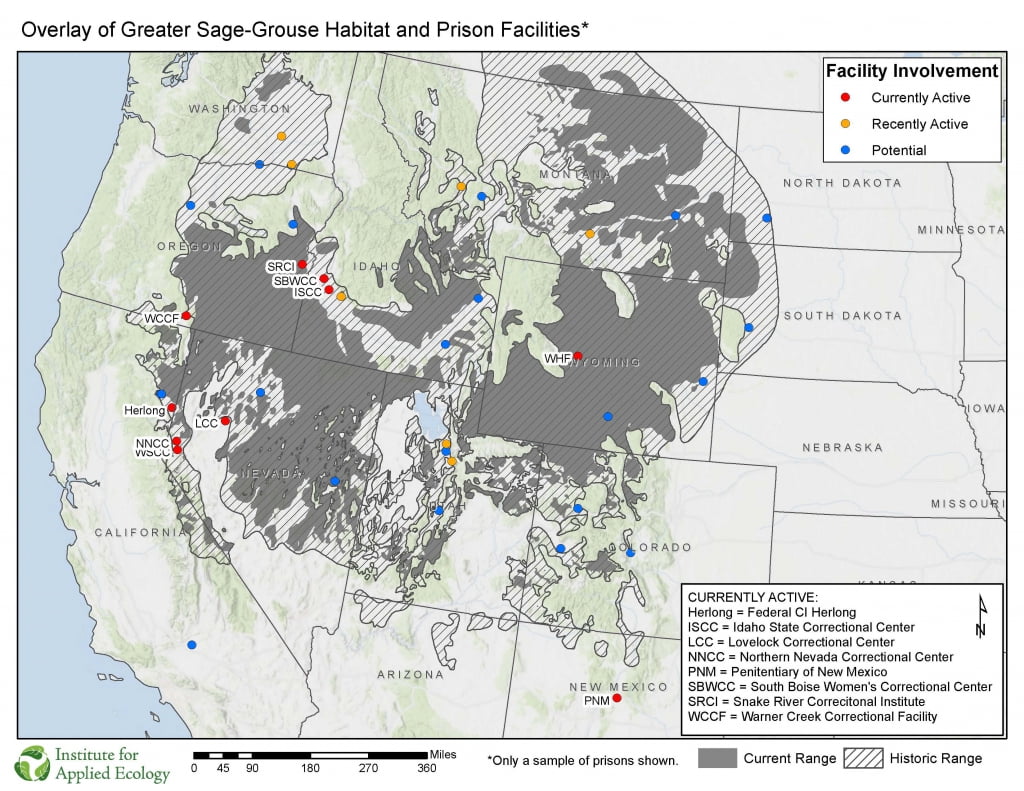Introduction
IAE coordinates the Sagebrush in Prisons Project, an environmental partnership between the Institute for Applied Ecology, Department of Corrections, and the Bureau of Land Management. The Sagebrush in Prisons Project, as part of the Sustainability in Prisons Project, provides unique and meaningful ecological activities and horticultural training to incarcerated men and women with the goal of restoring native habitat for the greater sage-grouse in the great basin region. The project currently is active in nine prisons in five different states. Crew members in the prisons grow sagebrush from seed, and water, weed, thin, and fertilize the seedlings throughout the spring and summer. In the fall all of the sagebrush seedlings are boxed up and sent to BLM restoration sites to be planted. Many of these sites previously burned in wildfires which quickly are taken over by invasive weeds like cheatgrass. By planting sagebrush seedlings the areas are able to recover more quickly to providing habitat for sage-grouse once again.
For her tireless work for the Sagebrush in Prisons project, Stacy Moore, Ecological Education Program Director (retired), was named a 2018 Difference Maker 100 by TIAA, a leading provider of financial services nationwide. This inspiring project provides both habitat and hope for inmates involved. Moore was selected from among more than 4,000 entries. Read More
